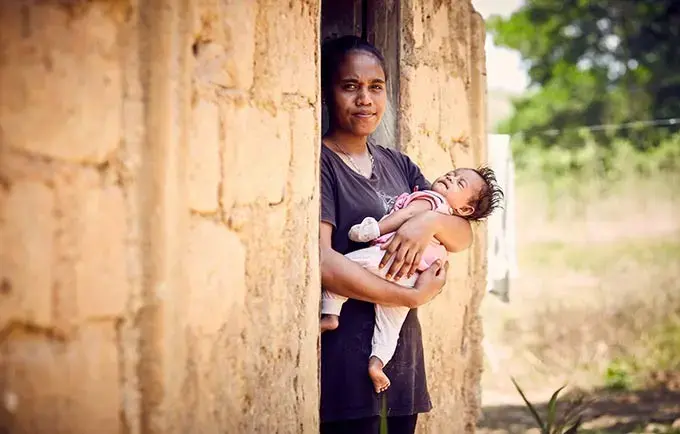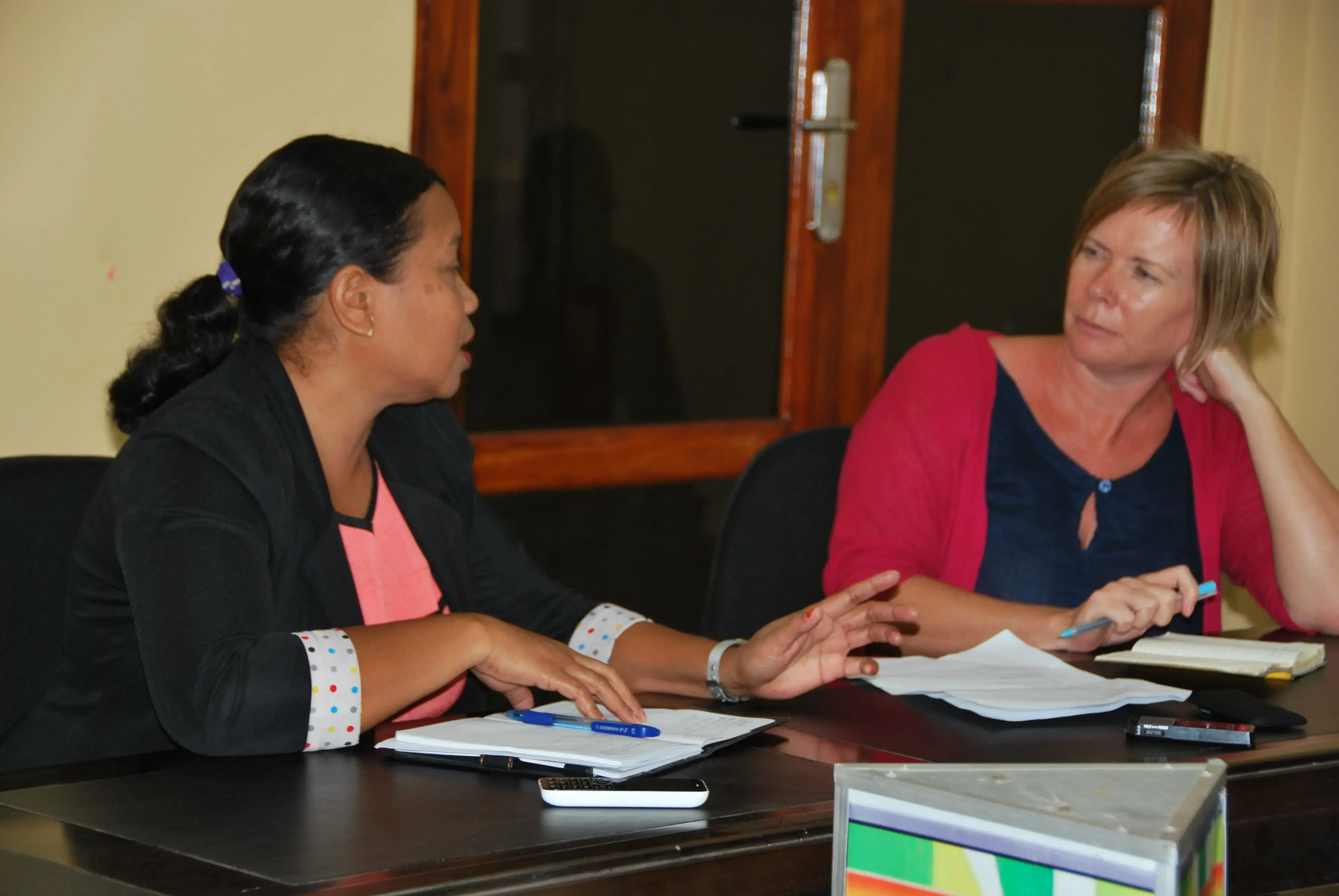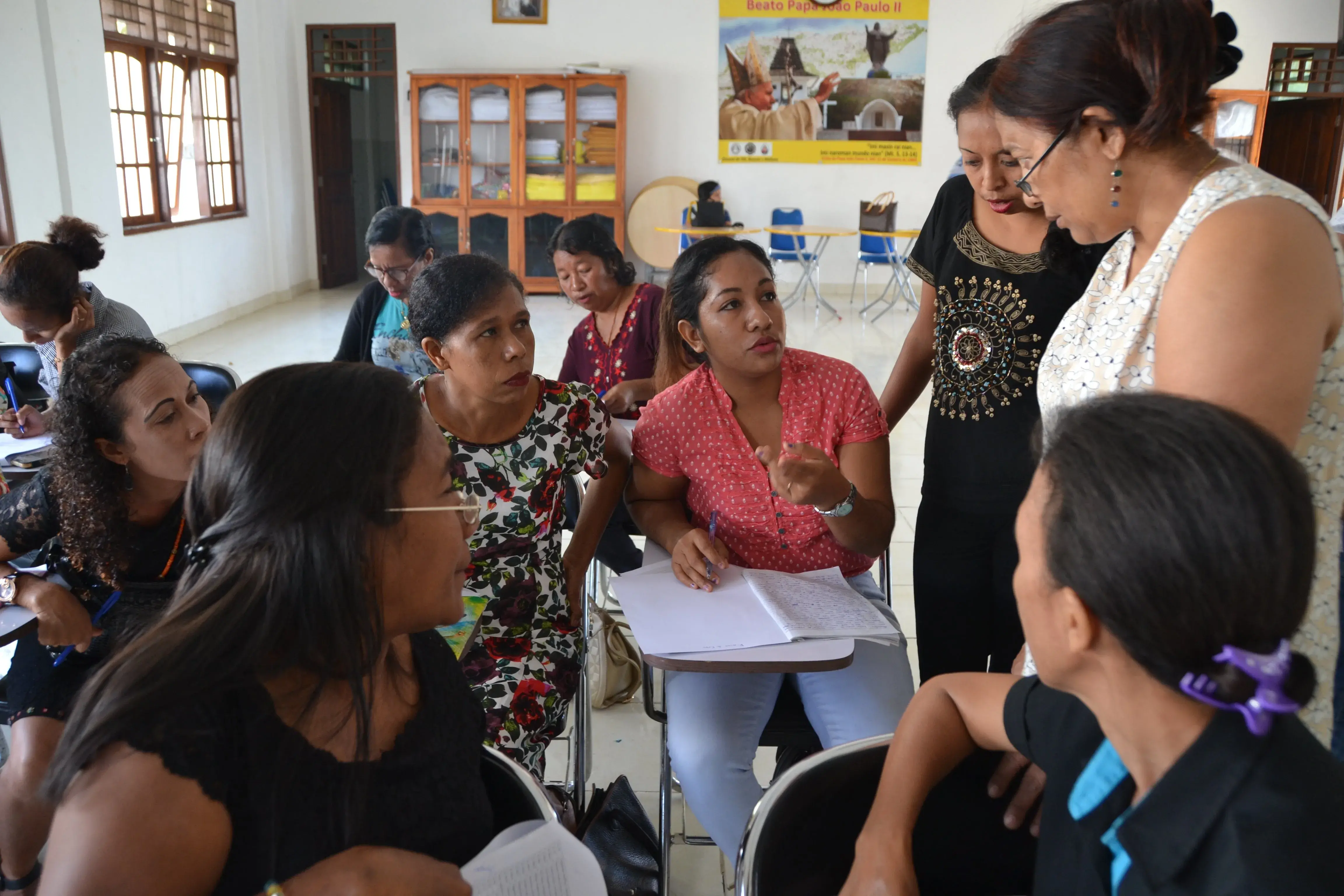Uniting for Global Reproductive Health Equity
The last thirty years have been marked by significant progress in women’s health. Maternal death rates have fallen by 34 per cent since 2000, and unintended pregnancies by 20 per cent since 1990.
But as we push forward, we have to ask who is still being left behind.
The data tell a troubling story. Women on the margins of society have yet to see significant change in their access to sexual and reproductive health and rights. Socioeconomic status, ethnic identity, race, sexuality or disabilities should never determine a person’s ability to live a safe and healthy reproductive life. Yet, while others have reaped the benefits of changing norms around contraception and improved access to obstetric care, too many communities are still facing high rates of maternal mortality, unintended pregnancy and ill health.
As a result, progress is slowing, and by many measures it has stalled completely. Annual reductions in maternal death have flatlined – since 2016, the world has made zero progress in saving women from preventable deaths in pregnancy and childbirth. One in four women cannot make her own health-care decisions. Nearly 1 in 10 are unable to choose whether to use contraception.
Inequalities exist by place of residence, with the majority of the married adolescents
These statistics highlight the inequalities inherent in our sexual and reproductive health systems, both at the global and national levels. Take, for instance, the maternal mortality rate for a woman in Africa, which is a staggering 130 times higher than that of a woman in Europe or North America. Meanwhile, in Madagascar, the wealthiest women are five times more likely to receive skilled assistance during childbirth than their impoverished counterparts. In Albania, ethnic discrimination leaves marginalized Roma women facing massive barriers to healthcare compared to their ethnic Albanian sisters.
The path forward is clear: We must prioritize reaching those furthest from access to health care, dismantle barriers to reproductive rights, and empower women to make autonomous decisions about their bodies and futures. These are not problems that can be solved with one-size-fits-all approaches. Instead, it’s time for us to empower women and girls to craft and implement tailored, innovative solutions that work for their communities.
The improvements in women’s health metrics over the past thirty years stand as a testament to the power of collective action and dedicated investment. We must not lose the momentum we have built. In the coming decades, let us measure progress, not by the gains afforded to those easiest to reach, but by the ability to lift up everyone.





